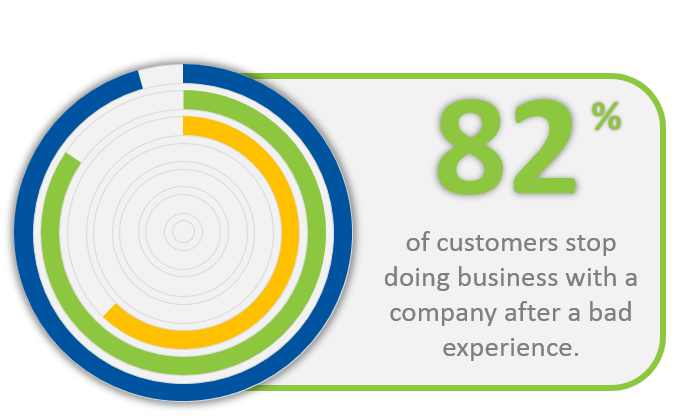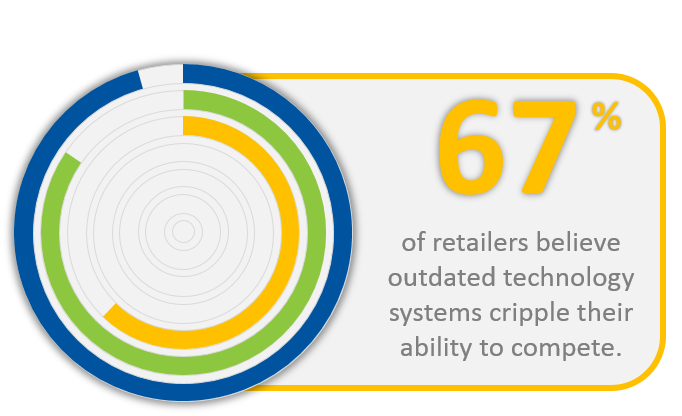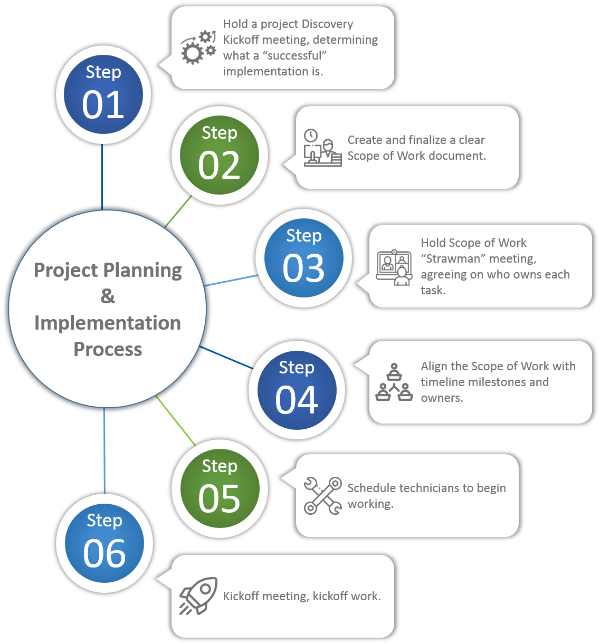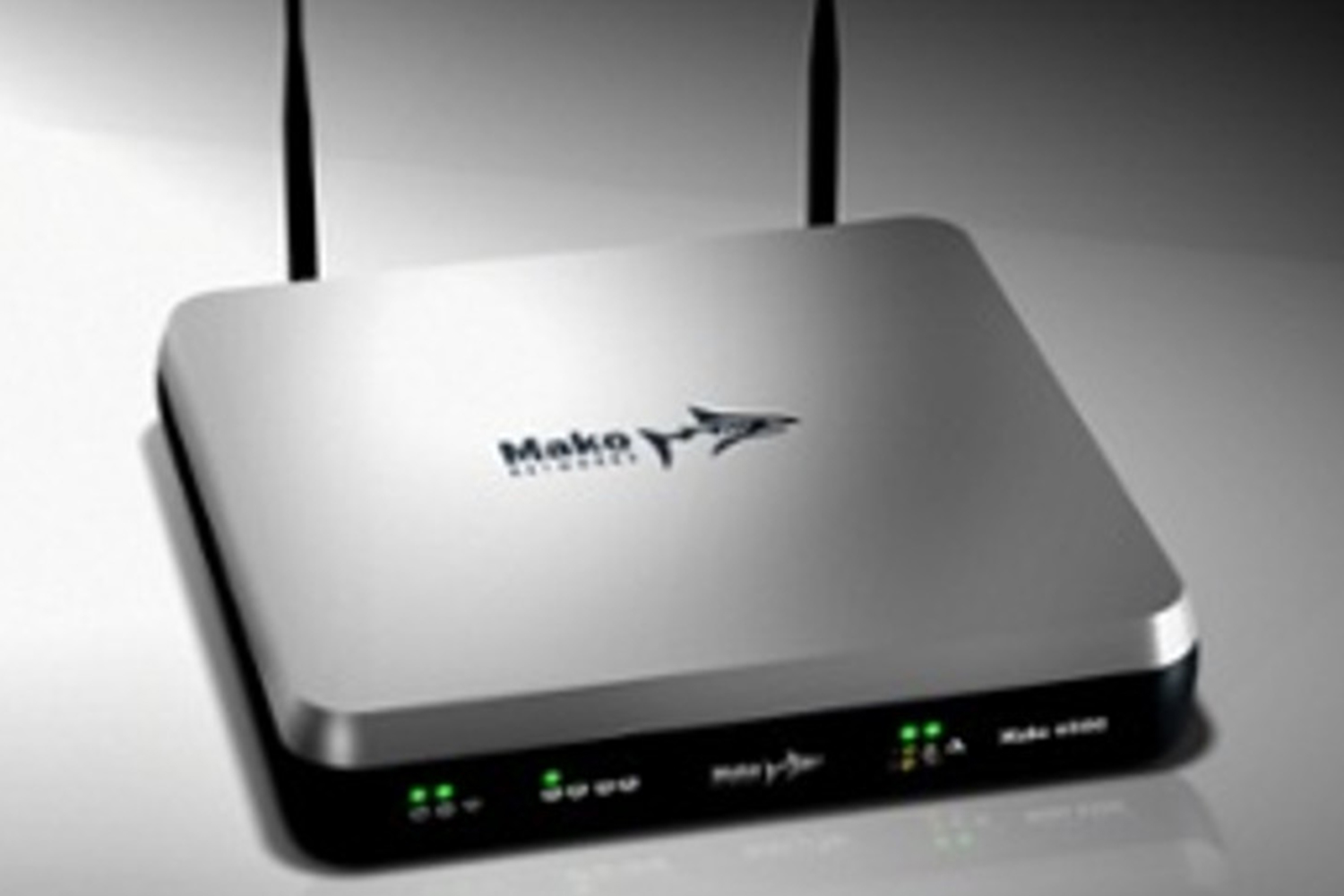Improving Inbound Retail Communications in the Wake of the COVID-19 Pandemic

How intelligently architected Interactive Voice Response (IVR) can shift your customers’ experience from negative to positive.
Today, communicating with your retail customers is more important than ever. As we navigate through the COVID-19 pandemic, it’s critical that when your customers call in for information or for a purchase that they have a good experience and readily access the information they need. If a customer calls in and has a bad experience such as sitting through long and confusing menu items or reaching the wrong department they won’t call back. They’ll call the competition.
Consider this: 97% of consumers feel valued by a company when their query is dealt with properly on the first call. That means that when a customer calls in, they need to quickly be directed to the correct department and information. 82% of customers stop doing business with a company after a bad experience. So if they’re calling your store and not getting the information they need, they may not do business with you again. On top of that, 67% of retailers believe outdated technology systems cripple their ability to compete. Can your communications technology meet your customers’ needs so that they are happy and keep coming back?



Creating Positive Communication Experiences for Your Customers
It really boils down to how difficult it is to actually provide a good customer experience when they call in. Which, in short, it comes down to three things:
- Intelligently designed Interactive Voice Response (IVR) call routing that will ensure that the customer can either be routed to a recording with the correct information or routed to the correct department to get the customer the help they need.
- Mobility tools that will allow your employees to answer calls from wherever they are in the store.
- Easily accessible metrics and reporting to help you see where gaps are in your communications strategy, so that you can continuously monitor and improve upon your efforts.
- Communications technology that is thoughtfully architected and powerful enough to meet your customers’ needs.
All of these items relate back to the communications solution you select, the features you opt for, and most importantly, the way your system is architected.
Improving the Customer Experience with Interactive Voice Response (IVR)
Interactive Voice Response (IVR) is an automated system that interacts with callers, collects information from them, and then routes the calls to the appropriate recording or recipient. A good example of IVR, is when you call a business and an automated system picks up and provides a list of menu options for you to select from, correlating a number to each option on the menu. All you need to do is listen to the options and the press the correct button number to be moved to the department you need to gain information from. For instance, if a customer calls in to learn what your newest safety precautions are in response to COVID-19, they should be able to quickly access this information on your IVR menu when they call your store.
A bad IVR experience can be enough to drive a customer away. If they’re calling to find out what your new hours are or to learn what health and safety precautions you’ve put in place, but have difficulty navigating through your menu or have to endure long and confusing menu items, they’re likely to give up and find a store where they will have a better experience. To provide a good experience to your customers and keep them coming back again, you need to make sure that your system is architected in a way that will provide a positive customer experience.
How can you guarantee that your IVR is intelligently architected? It all comes down to your solution providers’ Project Planning and Implementation Process.
This may seem like a separate concept from designing IVR, but in truth it’s at the heart of it. Having professional project management will ensure that you have a dedicated project manager that knows the ins and outs of communications technology, and is dedicated to ensuring that your IVR system (as well as your entire communications system) works as needed and is installed in a smooth and timely manner. The clearly outlined project and implementation plan will ensure that your IVR requirements are discovered and properly architected and installed. A successful project plan includes a discovery meeting, a clear Scope of Work document, a strawman meeting, aligned timeline and milestones, a technician schedule, and a kickoff meeting.

Quick IVR Guidelines
When you’re designing the logic of your IVR with your provider, there are a few tips to keep in mind to guarantee it will be customer friendly.
IVR should be open 24/7. As your automated answering system, it needs to be available at all times to direct customers to the information that they’re looking for. While your staff might only be available during certain hours, the IVR can at least point to an update for the caller and an opportunity to leave a voicemail.
IVR options should be minimal. To guarantee that your callers aren’t frustrated or confused, keep your IVR options concise. Not only should the initial menu option be simple, but any additional options for each branch should be, too.
IVR should be personalized. There’s no need to use a pre-recorded voice. Most solutions will allow you to record your own prompts, which softens the edges of an automated system.
Utilizing Speech Recognition to Make IVR Even Better
Speech recognition can be tied into your IVR to deliver a personalized, improved customer experience. Speech recognition is used to flatten the menu structure by allowing callers to self-serve. The menu is flattened when speech recognition allows callers to speak a word, which will direct them to the correct department, as opposed to waiting through menu items. Speech recognition helps deliver an intuitive experience, by anticipating the caller’s needs.
One way that providers can help to simplify speech recognition is to base the routing on keywords, as opposed to a broader glossary of options. If this is the option that your organization selects, you will work with your provider to create a list of keywords for every department. For example, keywords for customer service may include customer service, service, and support. When a caller calls in and speaks any of these keywords, they will be immediately be transferred to the customer service department.
It’s important to note that if your speech recognition is poorly architected it can deliver a poor customer experience by creating more frustration than it does value. If your provider isn’t able to architect a logical flow, then it’s in your best interest to stick with touch tone IVR.
Taking IVR to the Next Level with Mobility
Once your IVR is in place, your customers will be able to call in and easily navigate your system to receive the information they need or be pointed to the right extension. That’s great! But to really improve your customer experience, you need to do your best to make sure customers can get in touch with a human, not a recording, during normal business hours. But how is this possible? Your staff has a host of responsibilities, and very few of them include waiting next to the phone. The answer is mobility, which will give your staff the opportunity to go about their normal business and still have access to their business line. Mobility will ensure that your customers aren’t met with a recording during open hours and will also create faster answer times.
Mobility can be implemented a variety of ways, depending on your chosen solution and each individual employee role. The first method is to provide in-store phones that your staff can carry with them as they move around the store. The second is to select a solution that provides a mobile app. This will allow selected employees to download the app on their personal phone and take store calls no matter where they are in the store, all from your retail phone system. You can even set business hours on the app so that your employees don’t receive calls when they’re not working.
Embracing Omni-Channel by Integrating with Your Database
IVR provides a good opportunity to embrace omni-channel and provide a good user experience to customers. In short, omni-channel refers to integrating different methods of shopping available to customers to provide a consistent, easy, and positive experience to customers. Omni-channel works by integrating customer data base (such as your rewards or royalty program data) with your other technology platforms. How does this relate to IVR? With custom developed IVR, your website and phone system can “talk” to each other, providing a slew of positive experiences:
- Further personalizing customer calls. Through custom integration, your IVR system can recognize which customer is calling in based on their phone number. When they call in, your IVR can refer to your customer by name.
- Cutting straight to the point. Custom integration between your database, your website, and your IVR can help your customer get to the right department faster. Through omni-channel when a customer calls in, your IVR can recognize the customer, check back with your website, and see what website page the customer last visited such as the pharmacy page. The IVR can then ask the customer “are you calling about a pharmaceutical question?” If the customer answers “yes” they will move to the pharmacy department. If they answer “no” they’ll begin at the start of the IVR menu.
- Increasing promotions with rewards and royalty programs. If your customer database is integrated with your IVR, you’ll have the opportunity to promote specific product and activities to increase your sales. For instance, your IVR can “talk” to your database, and look to see if the caller is a rewards customer. If the answer is yes, the IVR can mention any ongoing promotions that may be beneficial to them. Depending on the architecture of the system, the IVR can announce high-level promotions such as “this week rewards members receive 10% off” or they can announce more specific, granular offers based on their past buying patterns. This may be noting a sale on goods the caller often buys.

Always Keep Improving with Metrics and Analytics
Utilizing an intelligently architected communications solutions is only half the battle. To really make sure that you’re providing a best-in-class experience for customers, you need a continuous inside look into their calls. Your solution provider should be able to provide in-depth metrics that you can then report on and analyze. A comprehensive system will provide:
Powerful Analytics
Analytics will allow you to quickly see what call performance looks like at a top-level view, or down to a granular level showing departmental metrics. This will help you better understand your store’s communication patterns.
Real-time dashboards
Dashboards make it easy to review real-time information to monitor different teams and departments.
Employee Performance
Reviewing employee performance by communications metrics will give you a chance to see how the organization, each department, or even each individual is performing, so you can see where training and guidance is needed.
Scheduled Reporting
Scheduled reports will ensure that your reports are automatically sent to your inbox. This way you can regularly check in on your departments without thinking about it.
Metrics and analytics are only useful if you use them to find gaps in your communications strategy and then develop a plan to fix them. After reviewing your communications metrics, make sure to take steps to implement trainings and processes to make sure that your customers’ always get a best-in-class experience.
Powerful Communications to Meet Your Needs
None of this is possible without the right communications solution. Some providers may be able to deliver pieces of the equation, but that isn’t enough to keep your customers happy. You need to have technology that will allow you to compete by providing a great experience and will grow with you as your needs change.
There are a lot of options out there, and the right solution is unique to your business strategy. Vertical can help. We provide a wide variety of communications systems to make sure that you can find just the right solution for you. Then, we deliver award-winning service and support so that your communications system always works exactly the way you need it to. If you’re ready to learn more about improving your customer communications, reach out today.



